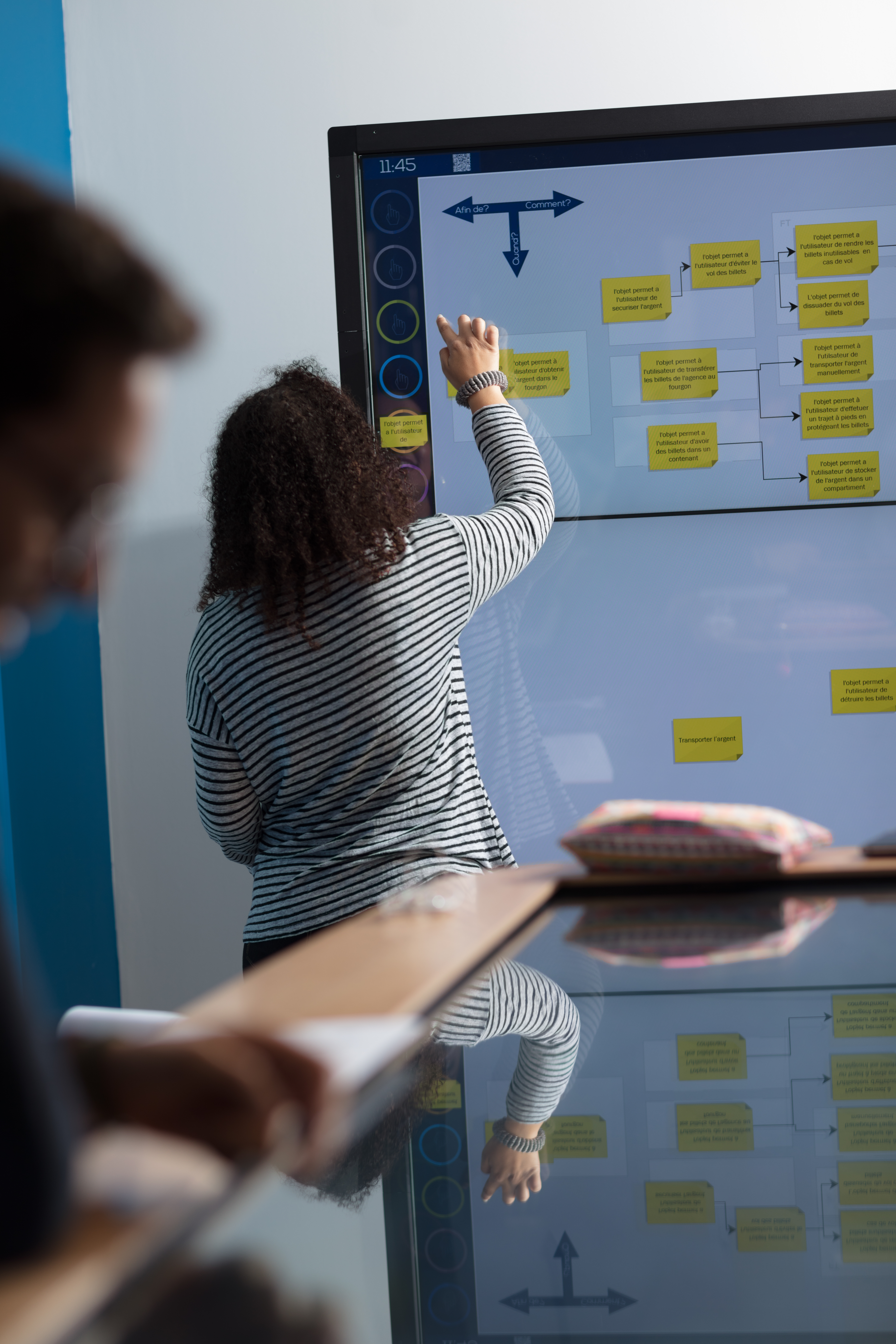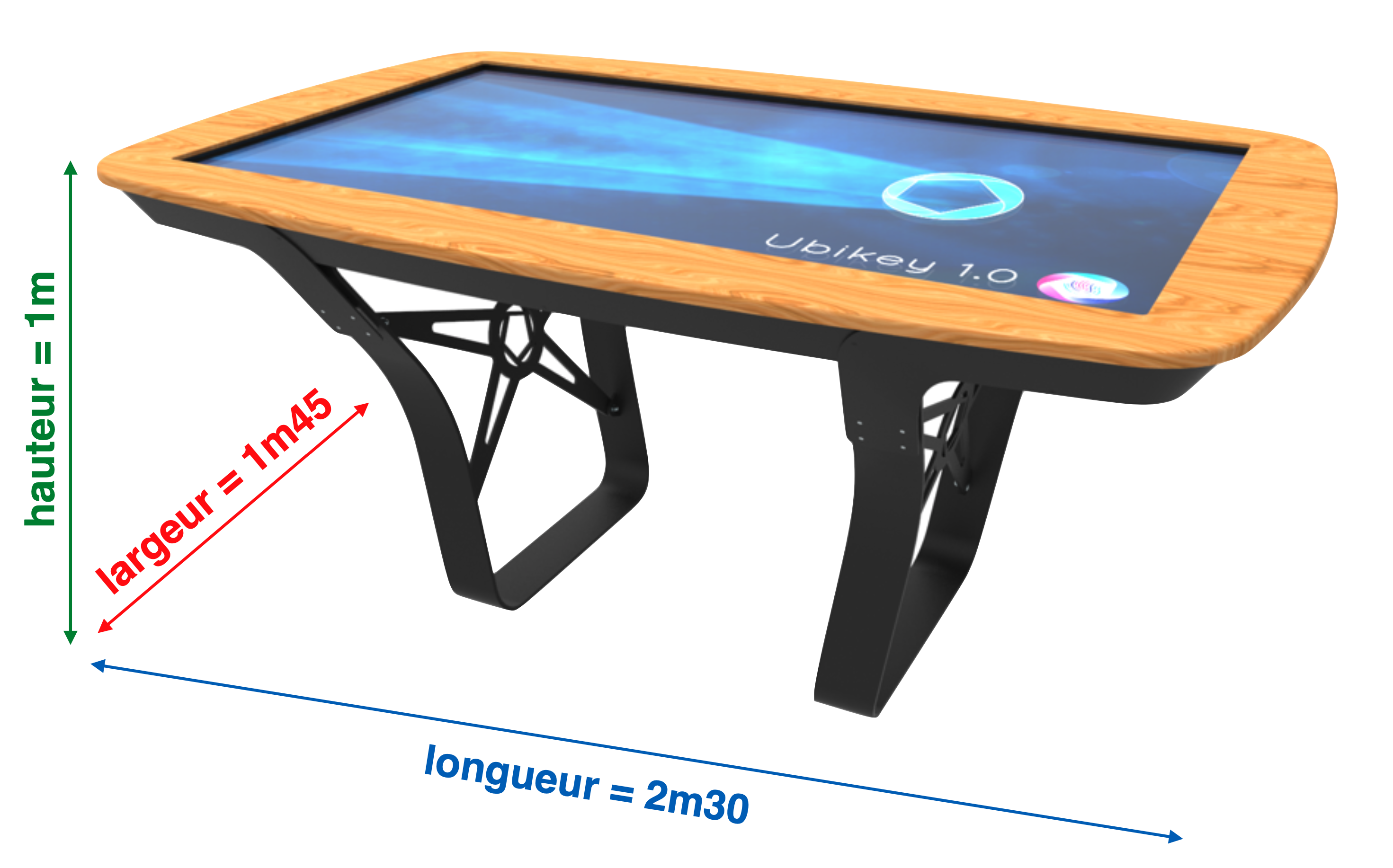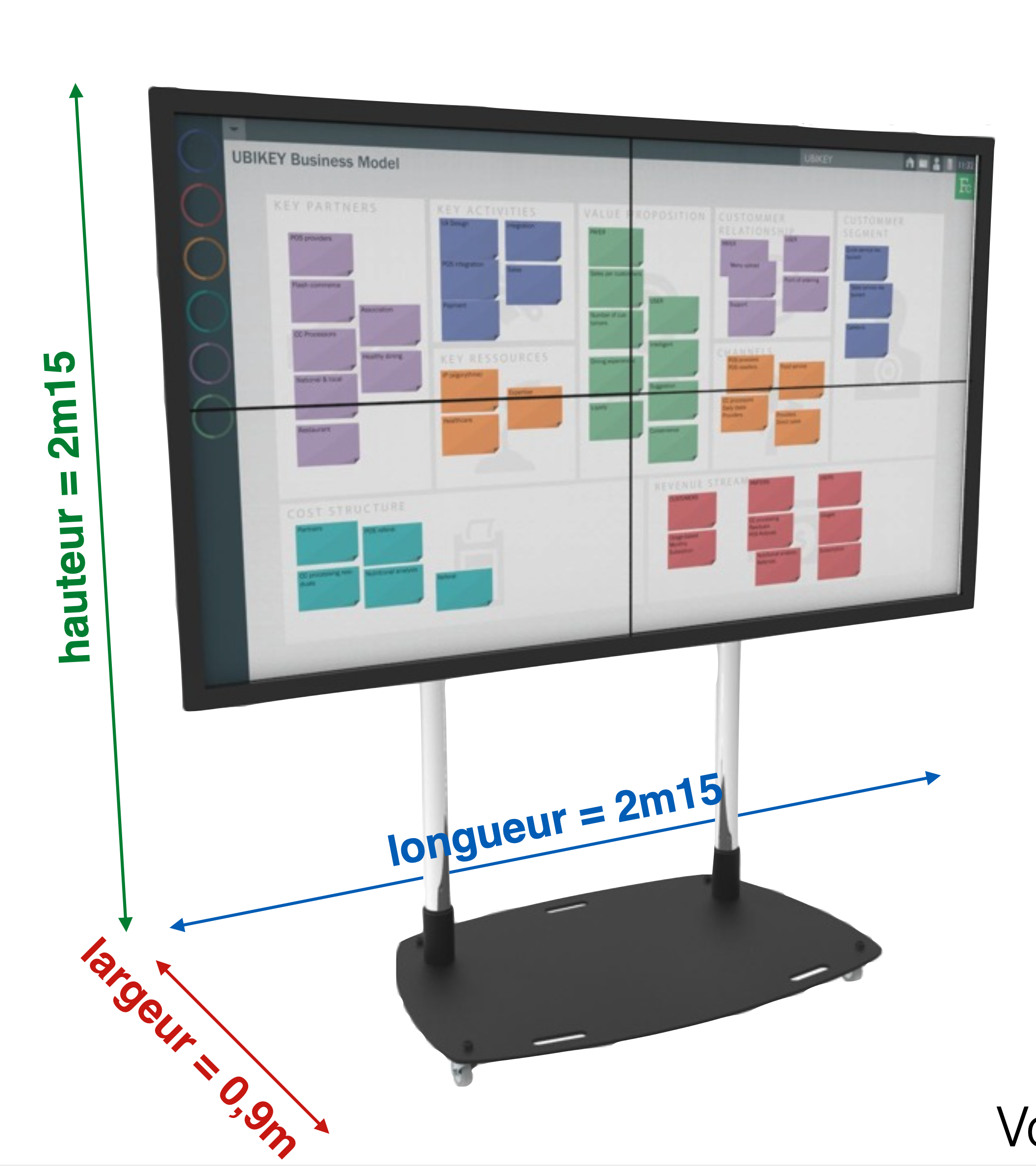Halle Numérique Plateform
Research platform of the COSTECH EA 2223 laboratory. The platform is housed in the Innovation Center of the Université de Technologie de Compiègne.

Research platform of the COSTECH EA 2223 laboratory. The platform is housed in the Innovation Center of the Université de Technologie de Compiègne.





